BLACK HOLE’s First Image: Dr. Katie BOUMAN
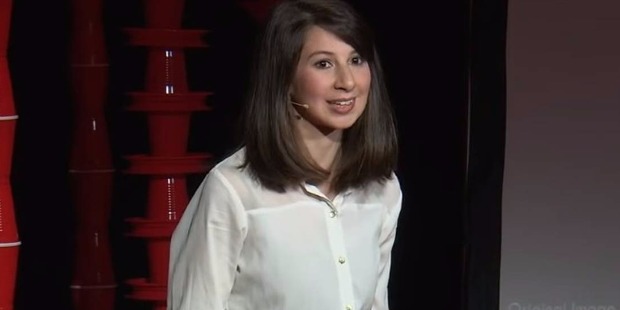
Scientists, astronomers and space researchers around the world have not been able to photograph a ‘Black Hole’ due to its strong pulling force of gravity, which neither allows matter nor light to ever escape the point of no return called the ‘Event Horizon’. It is a universal fact that a ‘Black Hole’ is invisible, because no light can ever escape from it. Over decades of research and exploration, the world had failed earlier to photograph a ‘Black Hole’.
29-year-young American Imaging Scientist Dr. Katherine Louise Bouman has become ‘the’ world’s hero to unravel the method to photograph a ‘Black Hole’. Her achievements and successful methods will go down in the history books as one of the greatest explorations of our modern civilization. All over the world, the scientific and astronomical communities are celebrating this great achievement.
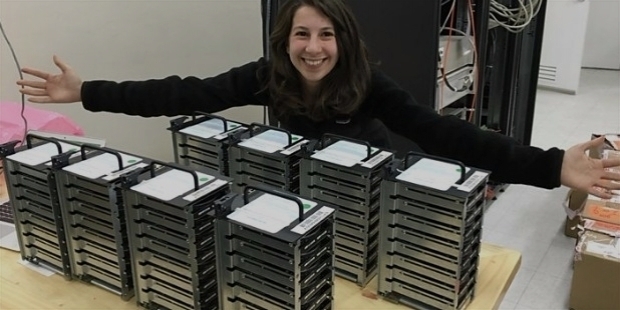
Dr. Katie Bouman has played an amazing crucial role in creating the first-ever image of a ‘Black Hole’ on the 10th of April 219. She helped to write the algorithm, which helped the world to decode the first image of a ‘Black Hole’. In an interview, Dr. Bouman enthused, “Even though we had worked on this for years, I don’t think any of us expected we would get a ring that easily. We just expected a blob.”
NASA explained the hot disk of material encircling a ‘Black Hole’ shines bright. A ‘Black Hole’ appears to cast a shadow against this disk. The result achieved the first-ever image of a ‘Black Hole’. An international team of 200 plus astronomers worked together as part of the Event Horizon Telescope collaboration. Eight radio observatories installed across four continents – South America, Europe, USA and Antarctica worked in unison as a giant Earth-sized telescope and gathered the data to photograph the first-ever image of a ‘Black Hole’.
Scientists were in celebratory mood to share the first-ever direct images of a ‘Black Hole’. MIT – Massachusetts Institute of Technology graduate student Dr. Katie Bouman is the brain behind this magnificent scientific achievement. She developed an algorithm to decode the data to photograph the first image. The supermassive ‘Black Hole’ is nearly 55 million Light Years away from our Earth. The ‘Black Hole’ is at the heart of M87, a galaxy within the Virgo Galaxy cluster. It has a mass, which is 6.5 billion times that of the Sun.
Early Life:
Katherine Louise Bouman was born on the 9th of May 1989 in West Lafayette, Indiana. Father Charles Bouman works at the Purdue University as a Professor of Electrical and Computer Engineering and Biomedical Engineering. In the year 2007, Katherine graduated from the West Lafayette Junior-Senior High School. Katherine has been blessed with her father’s academic genes.
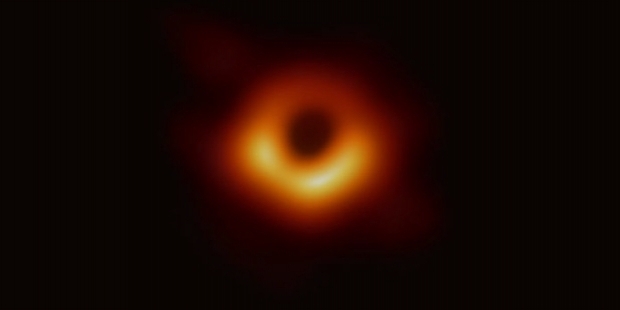
It is interesting to note that Katherine did imaging research with professors from Purdue University during her High School years. In 2007, she learned for the first time about the Event Horizon Telescope. In the year 2011, Katherine graduated as an Electrical Engineer ‘summa cum laude’ from the University of Michigan. She pursued her Masters in Electrical Engineering and Computer Science at the MIT – Massachusetts Institute of Technology. She completed her PhD from MIT.
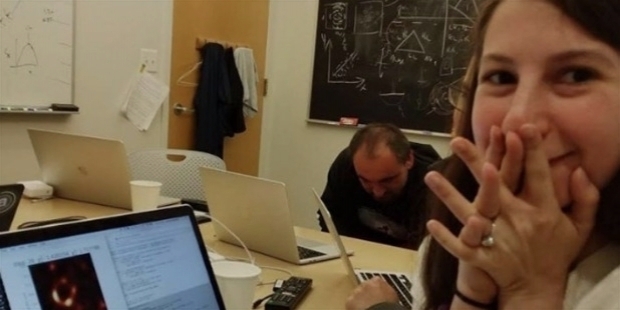
The Journey of Success:
Katherine Louise Bouman used to be Haystack Observatory’s member. Her academic brilliance fetched her support from National Science Foundation Graduate Fellowship. Her Masters’ thesis ‘Estimating Material Properties of Fabric through the Observation of Motion’ was adjudged the ‘Best Master's Thesis’. Katherine was awarded the Ernst Guillemin Award.
In the year 2016, she delivered a TEDx talk explaining the near possibility of taking photographs of a ‘Black Hole’. At the end of talk, she said, “The research work wouldn’t have been possible without the strong support from the team of researchers consisting of Shepherd Doeleman, Bill Freeman, Michael Johnson, Andrew Chael, Lindy Blackburn, Vincent Fish, Daniel Zoran, Hotaka Shiokawa, Katherine Rosenfeld and Kazonori Akiyama.”
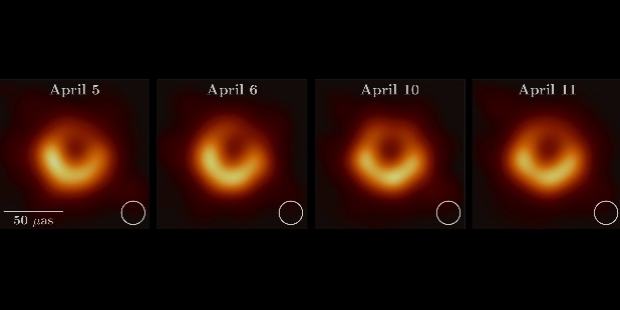
She went onto state that a large team of Astronomers, Astrophysicists, Mathematician and Engineers bring in their interdisciplinary expertise to make the unexpected possible. In the year 2017, Katherine earned her PhD in Electrical Engineering and Computer Science from the MIT, under the able-supervision of William T. Freeman. Her doctorate thesis was on ‘Extreme Imaging via Physical Model Inversion: Seeing around Corners and Imaging Black Holes’.
Dr. Katheine Louise Bouman joined Harvard University as a postdoctoral fellow on the Event Horizon Telescope Imaging team. Dr. Bouman provided computational support to learn about general relativity in the strong-field regime. She has been instrumental for the algorithm, which has helped the world to get the first-ever images of a ‘Black Hole’. She led the efforts in the verification of images and selection of imaging parameters for the Event Horizon Telescope in April 2019. The machine learning algorithm fills in gaps in data produced by telescopes from all across the world.
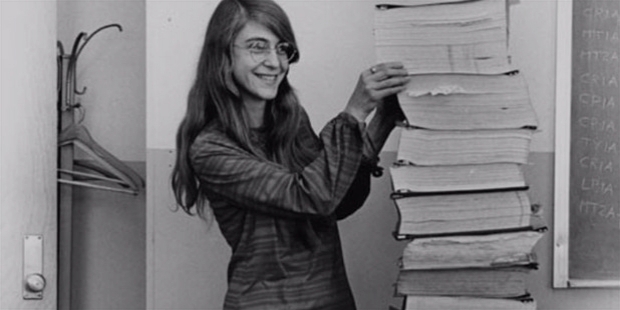
In June 2019, Dr. Katherine Louise Bouman will be joining the Caltech – California Institute of Technology as an Assistant Professor of Computing and Mathematical Sciences. She will be working on new systems for computational imaging using computer vision and machine learning.
Explaining the Process:
In 2016, Katherine Louise Bouman had explained the process of taking photographs of a ‘Black Hole’. She had stated, “Taking a photograph of a ‘Black Hole’ is like taking an image of a grapefruit on a moon with a radio telescope. To image something this small means that we would need a telescope with a 10,000-kilometer diameter. It is not practical, because the diameter of the Earth is not even 13,000 kilometers.”
Dr. Katherine Louise Bouman’s algorithm helped to patch up together the data from the eight radio observatories to eventually get the first-ever image of a ‘Black Hole’. She had revealed in 2017 that terabytes of data was collected and processed at MIT’s lab. During the TEDx Talk, Katherine had revealed that in spite of her not having a background of an astrophysicist, she was enamoured by the possibility of creating the first image of a ‘Black Hole’.
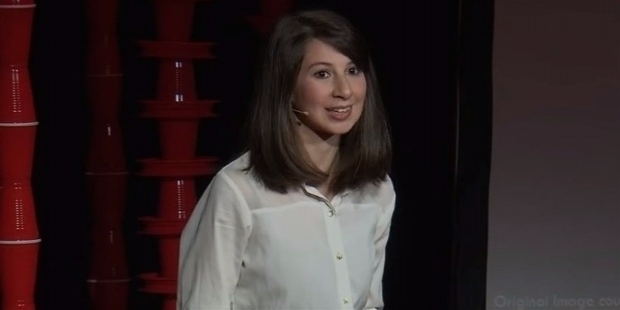
In a recent interview, Dr. Bouman enthused, “It was amazing to see that first ring, but it was even more unbelievable that we all produced the ring.” The first-ever image shows a ring of light, surrounding a dark circle deep in the heart of the galaxy known as Messier 87. Astronomers and astrophysicists of the world celebrated the great achievement in great camaraderie.
EHT Newwork:
The EHT – Event Horizon Telescope is a network comprising of 10 radio telescopes, spread across four continents and works as a single instrument. The single instrument is nearly the size of our Earth. The Harvard-Smithsonian Center for Astrophysics astronomer Shep Doeleman, who happens to be the Director of the effort to capture the image disclosed, “We have exposed a part of our universe, we had never seen before.”
In the year 2012, the EHT international partnership project was established to achieve this magnificent feat. A team of 200 plus astronomers, astrophysicists, mathematician, engineers worked to unravel the mysterious look of a ‘Black Hole’. The findings are indeed very significant to get insight into various celestial objects so dense that their gravitational field swallows everything including light. This is a path-breaking feat in the astronomical world.
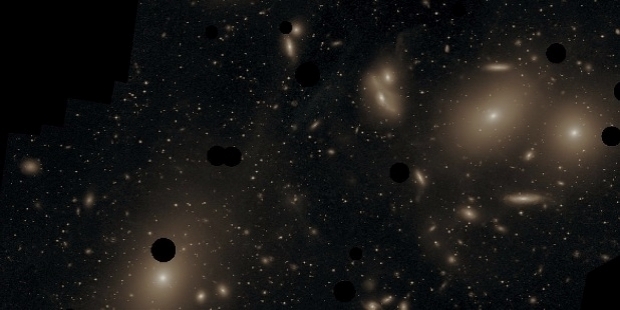
Researchers revealed the imagery is mind-blowing in its own right. Even more significant is the trail the new results will likely blaze. ‘Black Holes’ of stellar mass are formed, when a massive star collapses at the end of its life cycle. A ‘Black Hole’ continues to grow by absorbing mass from its surroundings. ‘Black Holes’ are extremely dense pockets of matter with incredible mass and minuscule volume. They exist from the size of a human cell to more massive than the Sun.
Albert Einstein’s ‘General Theory of Relativity’ generalizes special relativity and Newton's law of universal gravitation, providing a unified description of gravity as a geometric property of space and time, or spacetime. In particular, the curvature of spacetime is directly related to the energy and momentum of whatever matter and radiation are present. The relation is specified by the Einstein field equations, a system of partial differential equations.
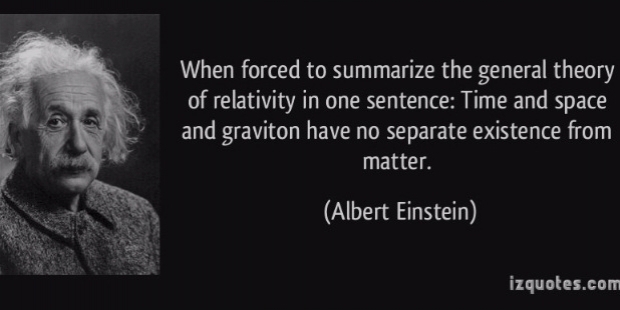
Astronomers looked across intergalactic space to a giant galaxy M87 in the constellation Virgo to capture the first-ever image of a ‘Black Hole’. The image is of a ‘Black Hole’ about 7 billion times more massive than our Sun unleashing a violent jet of energy some 5,000 Light Years into space. Astronomers disclosed that they were able to see the unforeseeable – a cosmic abyss so deep and dense that not even light can escape it.
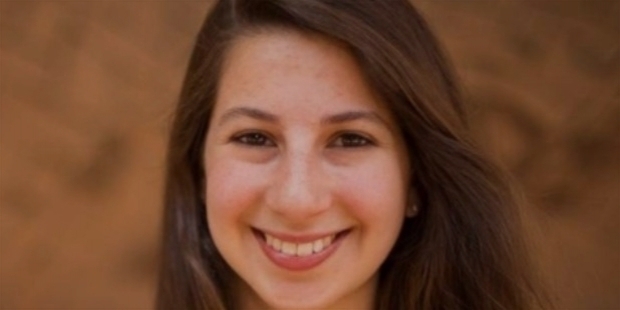
The image shows a lopsided ring of light surrounding a dark circle deep in the heart of M87. It is a reminder for the world to acknowledge the power and magnitude of nature. The image shows a smoke ring framing, a one-way portal to eternity. The images have provided astrophysicists with the first look at the innards of a black hole. The energy within is thought to be powerful enough to power quasars and other violent phenomena from the nuclei of galaxies. ‘Black Hole’ vision has become a visceral reality now.









